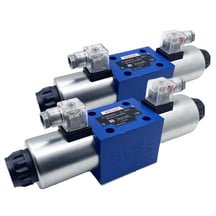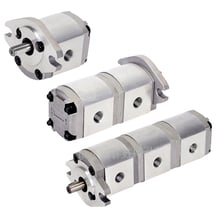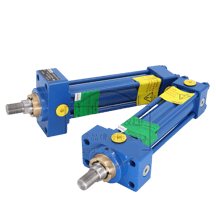Strategic Selection of Hydraulic Valves in 2025: 4 Technical Considerations
As global industries advance toward intelligent manufacturing and carbon neutrality, hydraulic valve selection in 2025 demands a rigorous, standards-driven approach. Drawing from recent case studies and evolving regulatory frameworks, this article outlines critical technical criteria for optimizing valve performance and compliance.
2/26/20252 min read
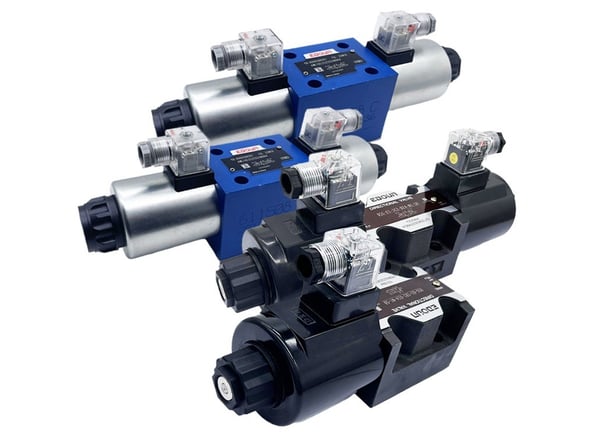

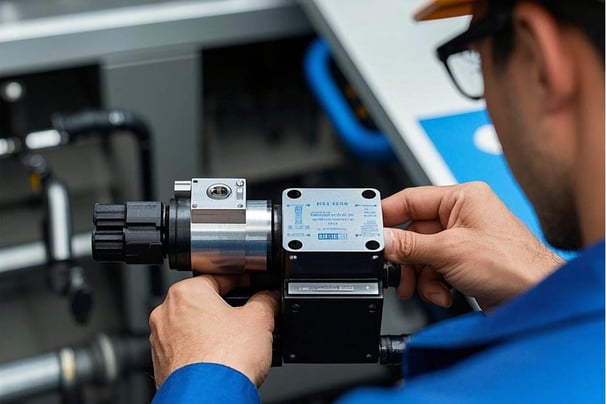

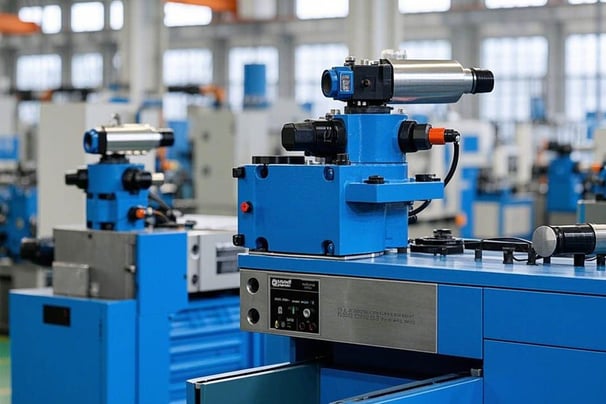

IoT Integration: Beyond Connectivity
While IoT-enabled valves are becoming industry staples, functional interoperability remains a key challenge.
Prioritize valves supporting Modbus TCP/IP or OPC UA protocols to ensure seamless integration with existing PLC architectures.
For instance, Caterpillar’s SIS 2.0 valve system demonstrates practical IoT utility with embedded diagnostics that autonomously detect internal leakage rates below 0.05 L/min, reducing unplanned downtime by up to 40%.
Environmental Compliance
Focus on three validated metrics:
Port Geometry: Conformance to ISO 6149-1 for metric threads (e.g., M22x1.5)
Mounting Interface: ISO 4401-2024-compliant CETOP profiles with ≤0.01 mm surface flatness tolerance
Spool Stroke Accuracy: ±0.1 mm deviation threshold to prevent hysteresis
A 2024 failure analysis traced 63% of excavator valve malfunctions to non-compliant cavity dimensions in "universal" valve blocks.
Modular Compatibility: Precision Over Universality
The rise of modular valve assemblies introduces risks of dimensional mismatch. Verify:
Warranty Activation: Effective upon FAT (Factory Acceptance Testing) completion
Spare Parts Commitment: Minimum 10-year availability for seals, springs, and solenoids
Obsolete Component Notifications: 12-month advance alerts per ISO 9001:2015 QMS requirements
Leading suppliers like Yuken China now offer lifetime technical support, including reverse-engineering services for discontinued components.
Final Tip: Test Before You Commit
Before making a final decision, request a sample or trial period to test the valve in your system. Real-world performance often differs from lab results. For example, a manufacturing plant saved $20,000 annually by switching to valves that reduced downtime and energy use after a successful trial.
By focusing on functionality, compliance, compatibility, and long-term support, you can choose hydraulic valves that deliver reliable performance in 2025 and beyond.

